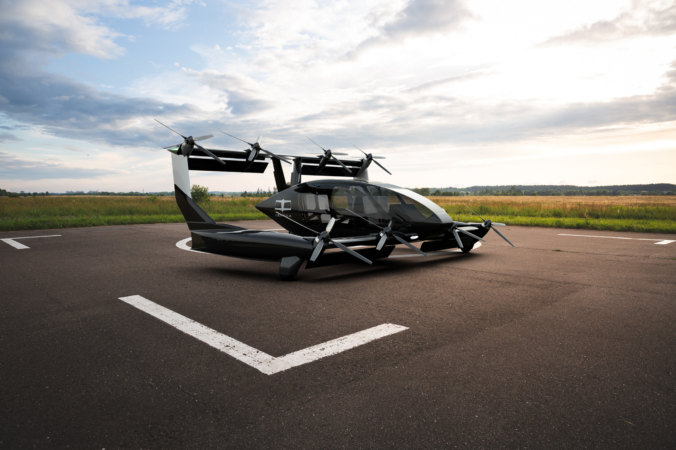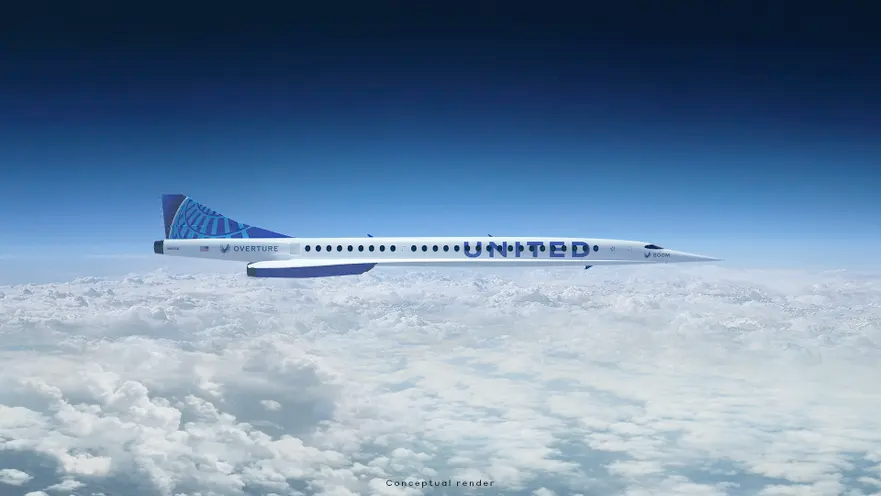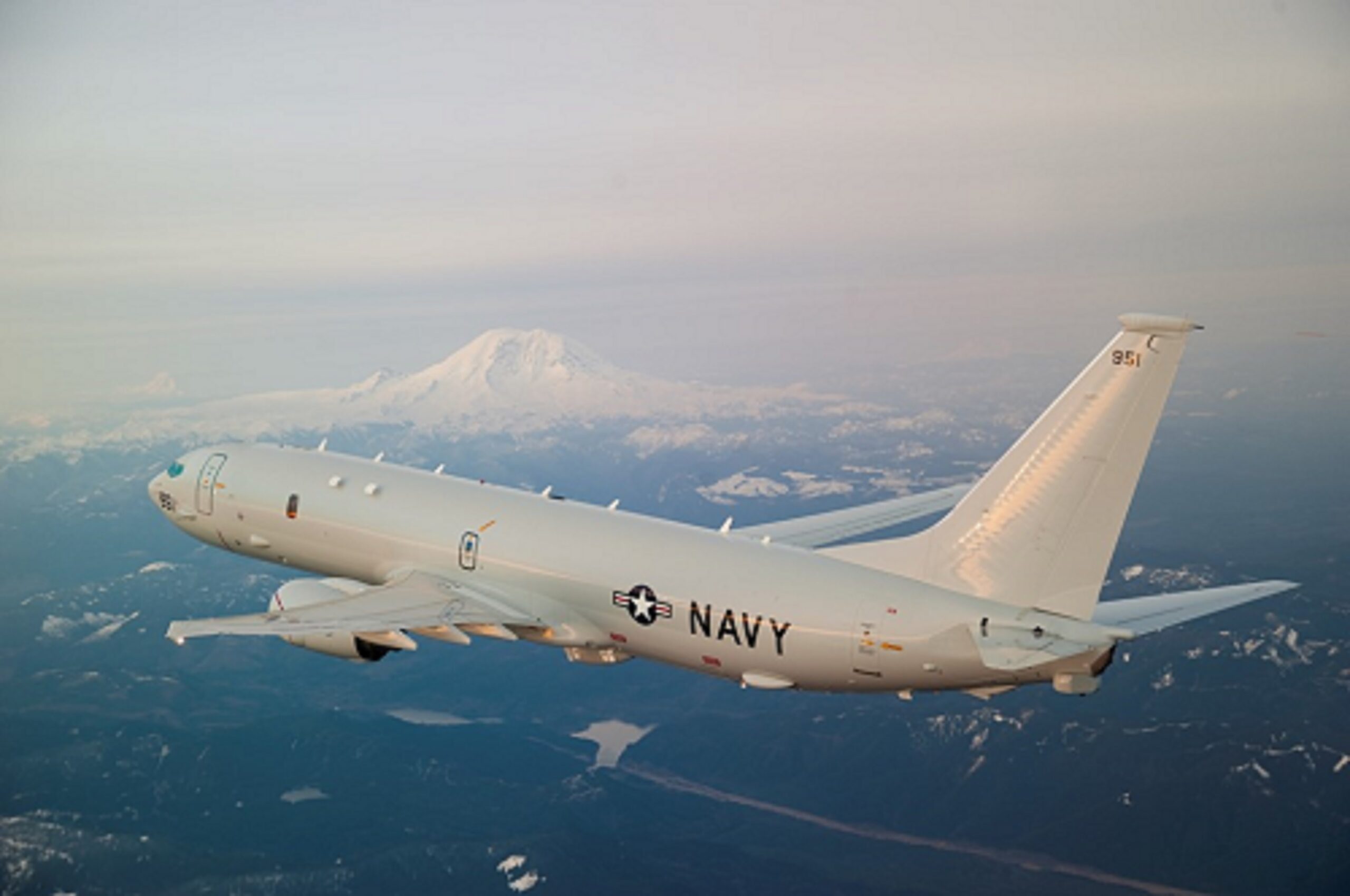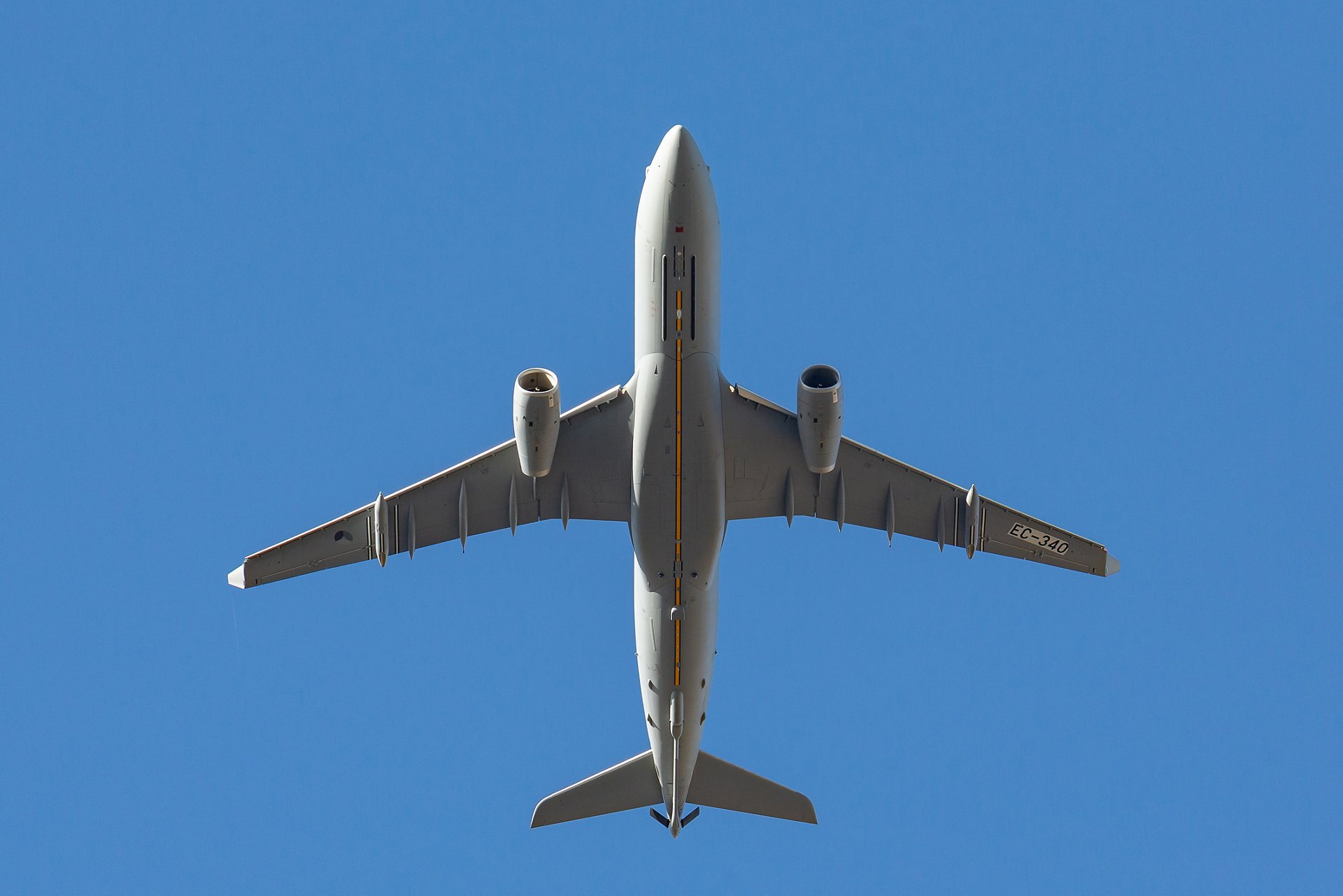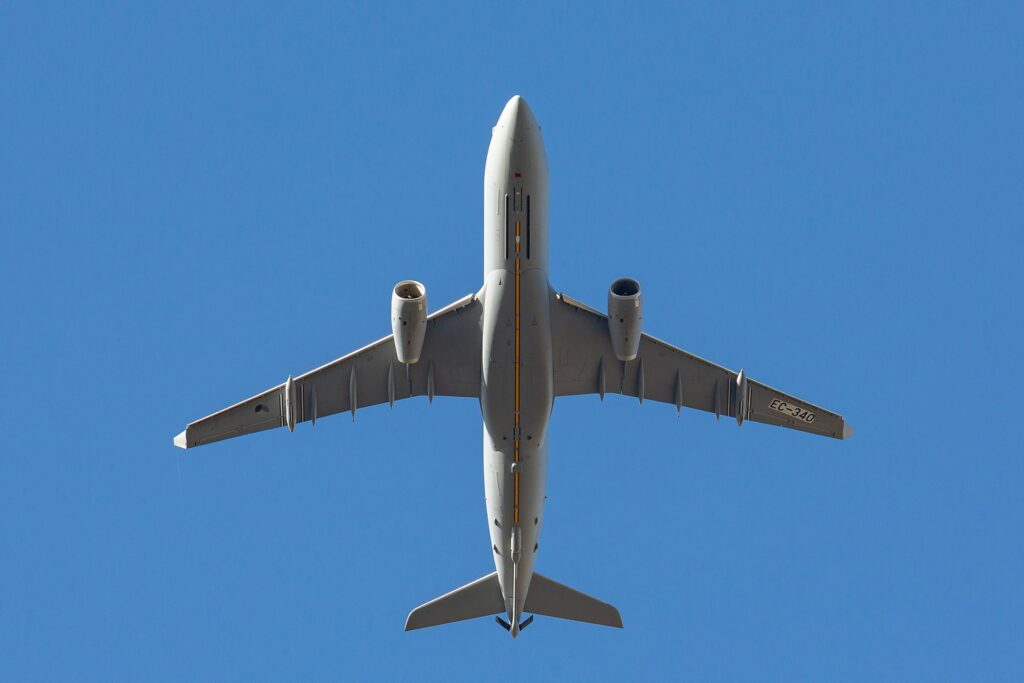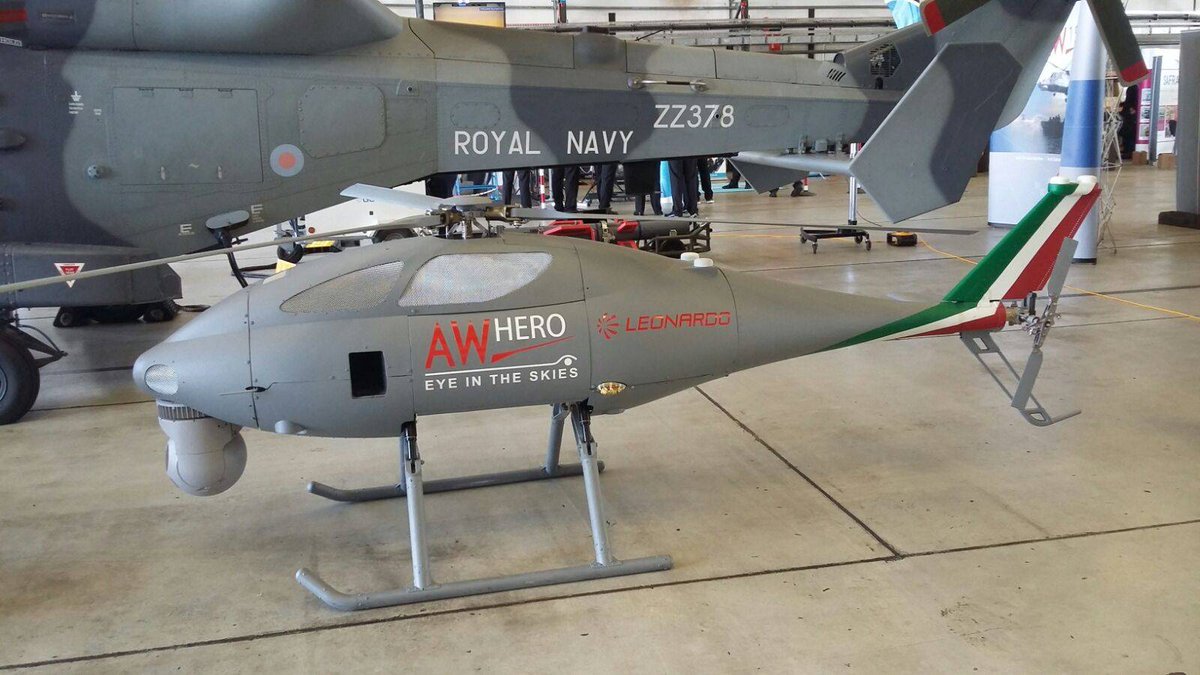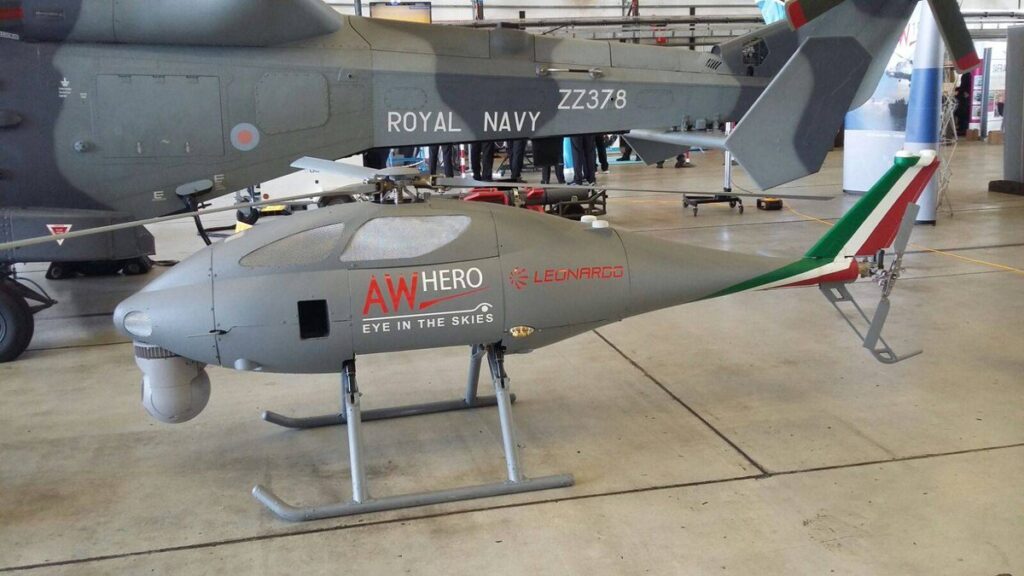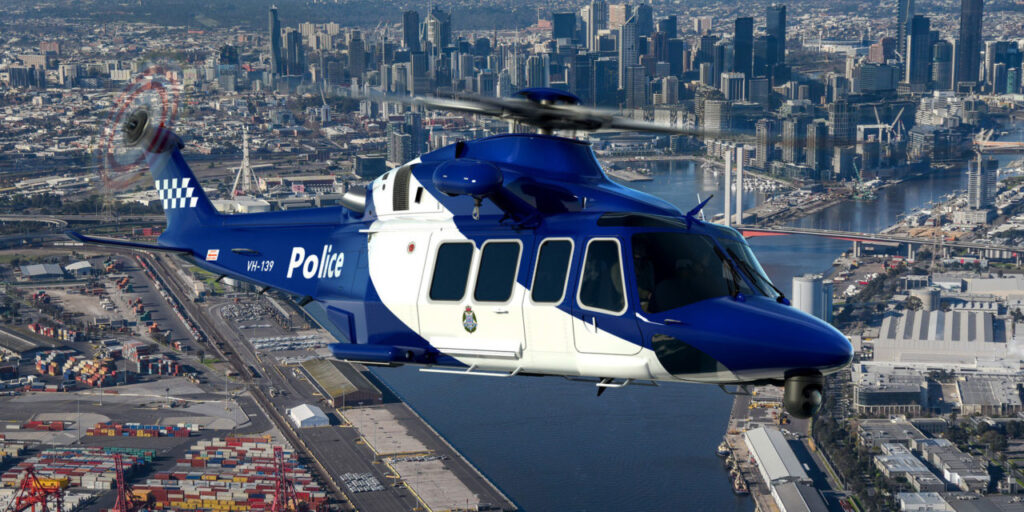Sydney, Australia, February 19, 2024 – Australian zero emission aircraft designer and manufacturer AMSL Aero today welcomes the Australian Government’s move to back the development of its zero-emission aircraft Vertiia to fight bushfires autonomously in an effective, efficient way that keeps firefighters safer and enables nighttime firefighting.
AMSL Aero will use the A$3 million in funding from the Cooperative Research Centres’ Projects program to develop a remotely piloted version of Vertiia, the world’s most efficient long range zero emissions electric Vertical Take Off and Landing (VTOL) aircraft, that is capable of effectively spraying preventative fire retardant and dropping hundreds of litres of water.
AMSL Aero will work with its partners to develop a method of operating autonomous remotely piloted VTOLs for aerial firefighting, modify a prototype Vertiia for use as zero emissions low-cost firefighting aircraft, meet regulatory requirements, and test the aircraft in regional Australia. Its partners on the project are The University of Sydney, leading robotics company Mission Systems and Australian firefighting aviation operator Pay’s Air Service, which conducts firefighting operations in Australia and Europe every year, including in Greece, where it recently fought fires for NATO.
